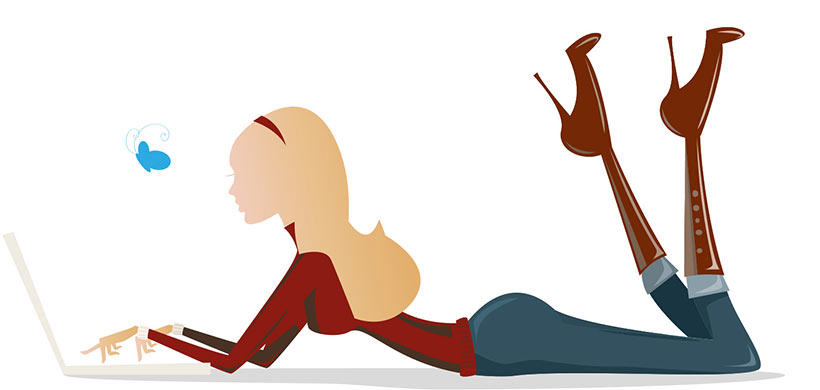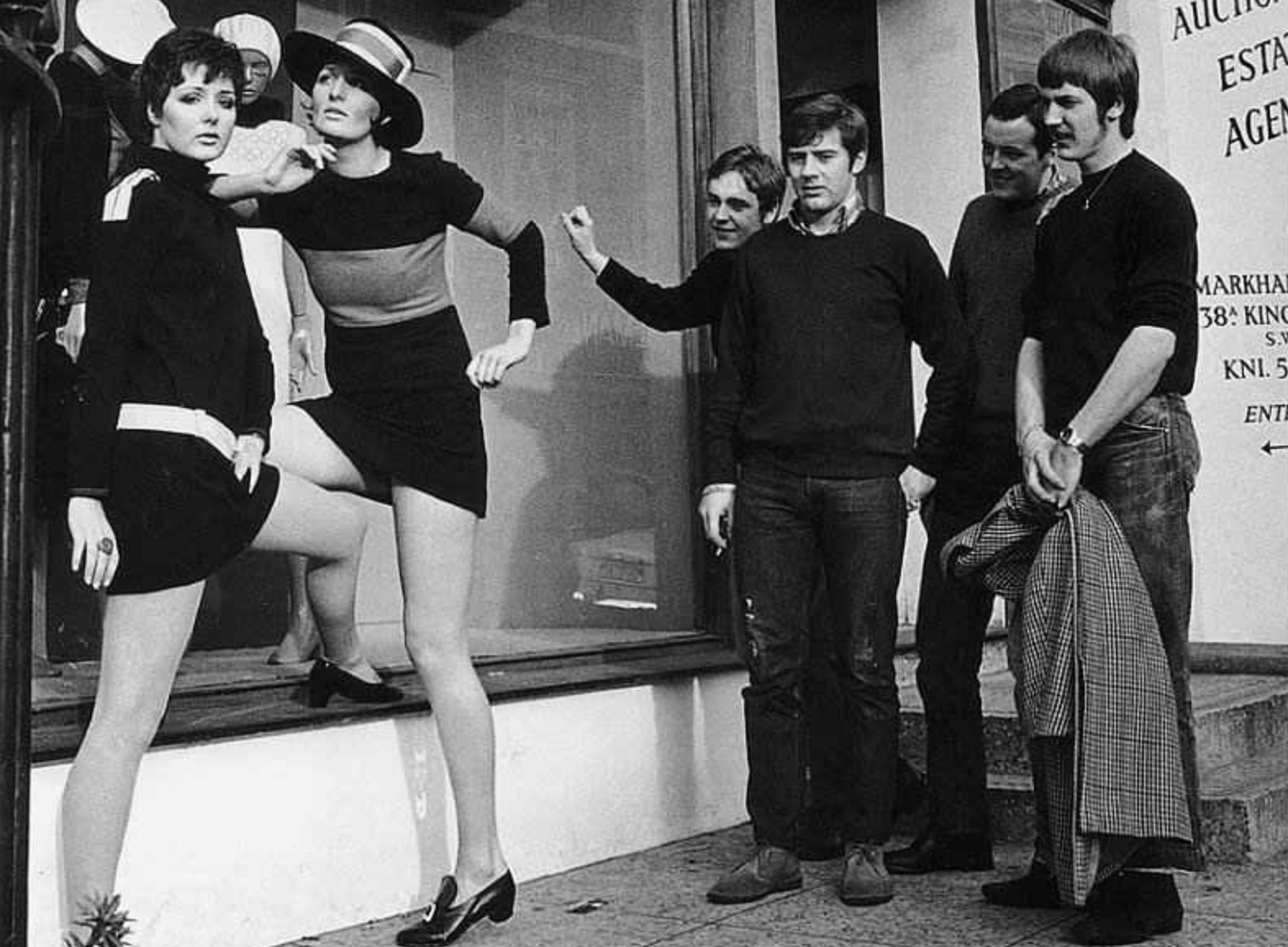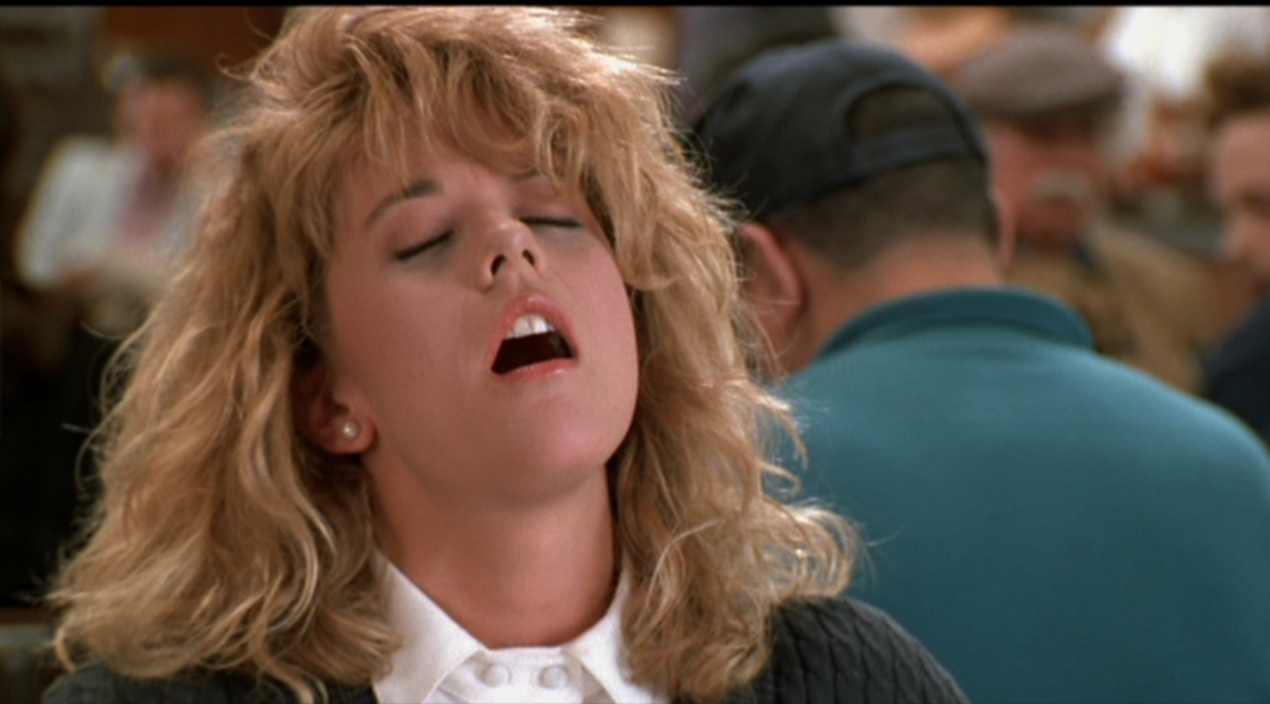6 THINGS I BET YOU DIDN'T KNOW STARTED IN LONDON, THAT I DON'T WANT TO LIVE WITHOUT TODAY
THAT CAME FROM LONDON, YOU SAY,???? WELL BLIMEY.
London has always been an exciting, creative city. Its history, art, culture and subculture has shaped the world scene today and I am not just taking about The Beatles or that Grandad Boy-Band, The Rolling Stones. I was very interested in learning that some of my favourite things (insert Julie andrews singing here) were born out of London.
1. THE MINI SKIRT
Ok maybe not that surprising. London in the 60's was the birth place of the mod fun-loving hedonistic youth movement. YES!!!! London was exporting music in the way of the The British Invasion, fashion icons like modelling sensation Twiggy became the new look and poster-child of the 60's generation and fashion designers like Mary Quant were forever changing the way we would dress.
The Swinging London Era gave birth to a brand new fashion style, the Mini Skirt. From her boutique on Kings Road in 1964 Mary Quant raised the hemlines on the skirts causing a massive fashion revolution. The world was in an uproar about these short skirts. The raised hemline raised eyebrows at a time when lady’s legs were considered too suggestive to be on show. There were street protests. Really. I mean think about it, a generation emerging out of the 1950's where television couples slept in separate twin beds and women dressed like June Cleaver. I mean holy Pleasantville. Not sure how Mary Quant would feel now about the lengths of skirts today ala The Kardashians, as they are so short I often confuse them with belts.
One thing is clear, since the invention of the mini skirt parents everywhere have been saying the same thing to their daughters for over 50 years, "you are not going out of the house dressed like that young lady."
2. POP ART
Pop Art ripped up the art rule book when it first appeared on the scene in the early 1950s. Its comic book-style, use of bright colours and reinvention of mass produced images was a long, long way from the classic art scene.
It came about in 1952 when a group of young artists, sculptors and painters met at London’s Institute of Contemporary Arts. They decided that art needed a modernist make-over and the result was a brand new focus on popular culture such as comic strips, mass advertising and films. The word ‘pop-art’ was first used to describe British artist Eduardo Paolozzi’s, piece "I was a Rich Man’s Plaything". Paolozzi, a Brit born of Italian immigrant parents, studied and worked in London and was later dubbed, "The Godfather of Pop Art" If you are an advent reader of my blog and if you are reading this now I thank you, then you would remember that Paolozzi's mosaic art covers the walls of Tottenham Court Tube station, a huge commission and honour. Paolozzi's studio remained in Chelsea for many years. Not only has Pop Art become crazy popular and respected over the years, but it has given rise to artists such as renowned Roy Lichtenstein and most notably Andy Warhol, who forever changed the way we look at Campbell’s Soup.
3. POPULAR DRINKING PHRASES
There are some things that we say all the time and rarely think of their real meaning or origin. But it should come as no surprise that some of these words and phrases that centre around alcohol come from one of the oldest drinking establishments on the planet, London.
One For The Road/ On The Wagon. Years ago, when public executions were the public's answer to Netflix condemned felons would be taken by wagon along what is now Oxford Street to the site of their execution at Marble Arch or what was called at the time Tyburn Tree. It would take three hours to cover the two mile walk as the streets were lined with spirited, blood thirsty spectators. The felons were offered one last drink, "one for the road". The only one who could not have a drink as he was driving was the wagon driver, as he was "on the wagon".
Boozer. God bless the Londoner for this word as I use it to describe a lot of my really fun friends. The word booze first spelt "bouse" was from the Dutch word "buizen" meaning to drink to excess. The word boozer turned up around the 1800's in a London pub likely from some Londoners too drunk to understand what the Dutch were saying to them.
Bottoms Up. Means more than lift your drink. Story goes that when the Royal Navy were looking for new "recruits" they will visit dockside pubs preying on the unspecting drunks for navel duty. One of their tricks was to drop a shilling into an target's pewter ale jug. When the drink was empty, the "recruiters" would tell him that he had accepted the King’s shilling and then drag him off to sea. Wary drinkers began using glass-bottom tankards, and “bottoms up” meant to check for the shilling.
Wet your Whistle. Years ago some pub frequenters had a whistle attached to the handle of their beer mugs. When they needed a refill, they used the whistle to get some service. "Wet your whistle" is the phrase inspired by men too drunk and lazy to politely order a beer. Cheers.
4. THE TRENCH COAT
One of my favourite clothing items bar none is a Burberry Trench coat. Love it!!!! So you might be interested to know that there are two fashion houses that claim origin. Without going into too much detail both London based companies Burberry and Aquascutum claim ownership of the Trench Coat. Aquascutum invented the first waterproof textile, while young Thomas Burberry at only 21 invented gabardine, a breathable yet waterproof fabric more comfortable than that of Aquascutum.
The British military commissioned Burberry in 1901 to make his generously sized waterproof overcoat to be a part of its military officers kit, and thus a fashion legend and fortune was born. The original Burberry trench coat was designed by Thomas Burberry to keep officers protected against wind and rain. Its name derived from the trenches where military personnel were stationed in WW1. The epaulettes were added to display the rank of the officers while the storm shield, found on the upper back, enabled water to run off the coat and keep the soldier dry. A pleat was also featured on the back which allowed for ease of movement when running or on horseback. All features found on the trench coat today. After the war these coats became very popular with Hollywood, nobility and celebrities everywhere... just like me.
5. THE ATM
The world's first ATM was installed outside a Barclay's Bank in Enfield, North London in 1967. Inventor John Shepherd- Barron said his genius money dispensing invention was inspired by chocolate vending machines. Reg Varney, an actor of the day from the television series On the Buses, was the first to withdraw cash although unclear how much he withdrew.
Today there are an estimated three million cash machines across the globe with some 70,000 ATM's in the UK alone. To commemorate the 50th anniversary of the first cash machine, Barclays transformed this ATM into gold, added a commemorative plaque and placed a red carpet in front for its users. Cannot imagine having to actually queue for a bank-teller anymore to get cash.
6. FINALLY.... THE VIBRATOR. (HOLD YOUR APPLAUSE TIL THE END)
I have saved the best for last. You heard right ladies.... the vibrator. London doctor Joseph Mortimer Granville in 1880 first invented and patented an electro-mechanic vibrator to deal with muscle aches and pains. Originally called a "percusser" it had quickly come to be known in Victorian circles as "Granville's Hammer" as the device quickly found another purpose, and that was treating women with a condition of the time they called "Female Hysteria". It was believed that the symptoms of this hysteria were caused by the retention of fluids in the vagina (you bet I'd be hysterical), and therefore treatment was a “pelvic massage” – manual stimulation of the genitals by the doctor until the patient experienced “hysterical paroxysm” in other words, an orgasm.
As you can imagine this treatment was very demanding on the poor doctors who found themselves suffering from fatigued wrists and hands (I bet). And as you can also imagine this treatment became hugely popular with the London ladies. The machine was sold to physicians, many of whom used the equipment to "cure" these women of Hysteria by preforming this vibrating pelvic message. Victorian men believed a woman could not have a orgasm, a thought still supported today by some of Britain's less "talented" men. Medical aid turned sex toy. What is not to love? What is the saying, necessity is the mother of invention. Damn straight it is. No wonder why women were hysterical. I have a feeling 99% of women are suffering from sheer hysteria every day!
Genius! Dr Granville, on behalf of millions of women everywhere an overwhelming THANK YOU!!!!!!!!
A few....HONOURABLE MENTIONS
Table Tennis. Thought it was Chinese. Nope. London even hosted the world's first international championship.
The Tube (also know as the subway). Of course you already knew that from an earlier blog of mine, didn't you?
Coin Operated Bathrooms (still have not forgiven the inventor for that one).
The Traffic Light. In 1868 outside Houses of Parliament and not so strangely also the site of the first traffic fatality.
Please share any inventions or traditions invented in London that made a difference in your life I would love to hear about it.
Until next time...
Now this is Hysteria.

















